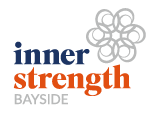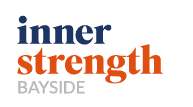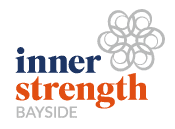Dry Needling Explained
Last month as part of my professional development I attended a dry needling course. Since attending the course I have had lots of questions about dry needling. I love learning new things and I have found it a great new addition to my treatment “toolbox”. I thought I would take this opportunity to introduce you all to dry needling.
Historically dry needling (or a similar treatment technique) dates back as far as 3400BC. When the Otzi Ice Man (from 3400BC) was found in 1991, needle marks were noted on his bones around his hip. After investigation it was found he had arthritis in his hip – the examiners hypothesised that Otzi was receiving pain relief from the needles for his arthritis.

So, what exactly is dry needling?
Dry needling is a treatment technique where a thin needle is inserted into a hypersensitive point in a muscle. This causes a series of localised and systemic reactions resulting in the muscle spontaneously releasing. This release results in reduction of pain and an increase in joint range of motion.
Something that confuses many people is the difference between acupuncture and dry needling. Dry needling is a western medicine approach which uses physiological principles and trigger points to reduce pain and increase movement. This technique is only appropriate for musculoskeletal problems and does not play a role in medical illnesses. Traditional Chinese Medicine uses the body’s meridians to balance the chi within the body. This technique can be used for all different manner of illness and injuries.
Why choose dry needling?
Some people find the idea of dry needling a little overwhelming so they wonder why we choose it. Over the last two months I have treated many of my patients with this method. They have found it to be an effective, relativity pain free and efficient method of treatment. Many people find they are time poor and when they come to physio we may struggle to get to all the muscles we want to work on within the time frame. Dry needling is a much faster treatment and can encourage a faster recovery period when compared to soft tissue massage.
I have really enjoyed using dry needling on my patients over the last few months. It’s always great to learn new things and see how helpful they can be to my patients. If you would like to try dry needling feel free to call us on 8555 4099 or visit our website to book online.
*Please note: Dry needling may not be an appropriate treatment for everyone
Written by Emily Smyth (Physiotherapist)


